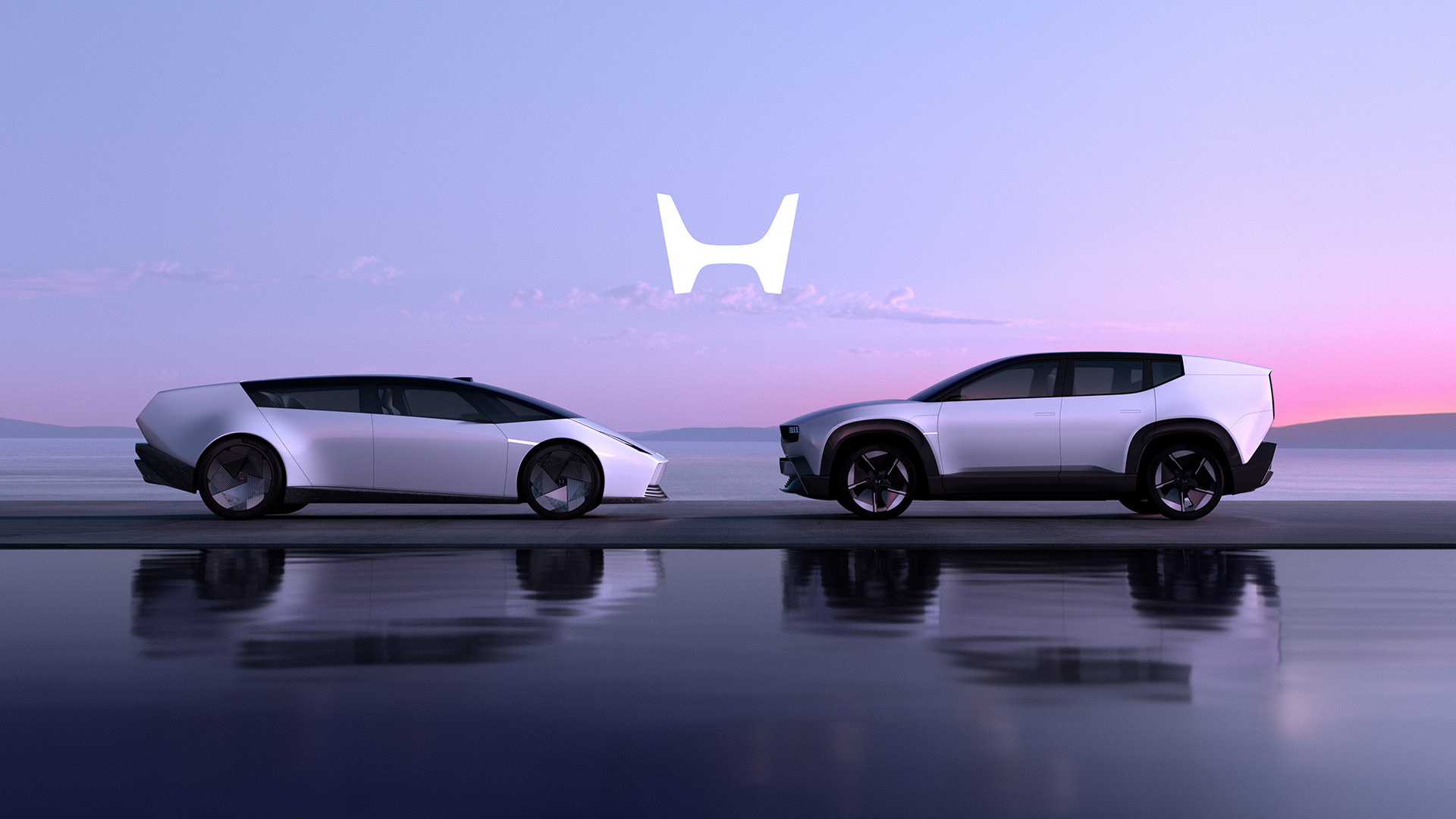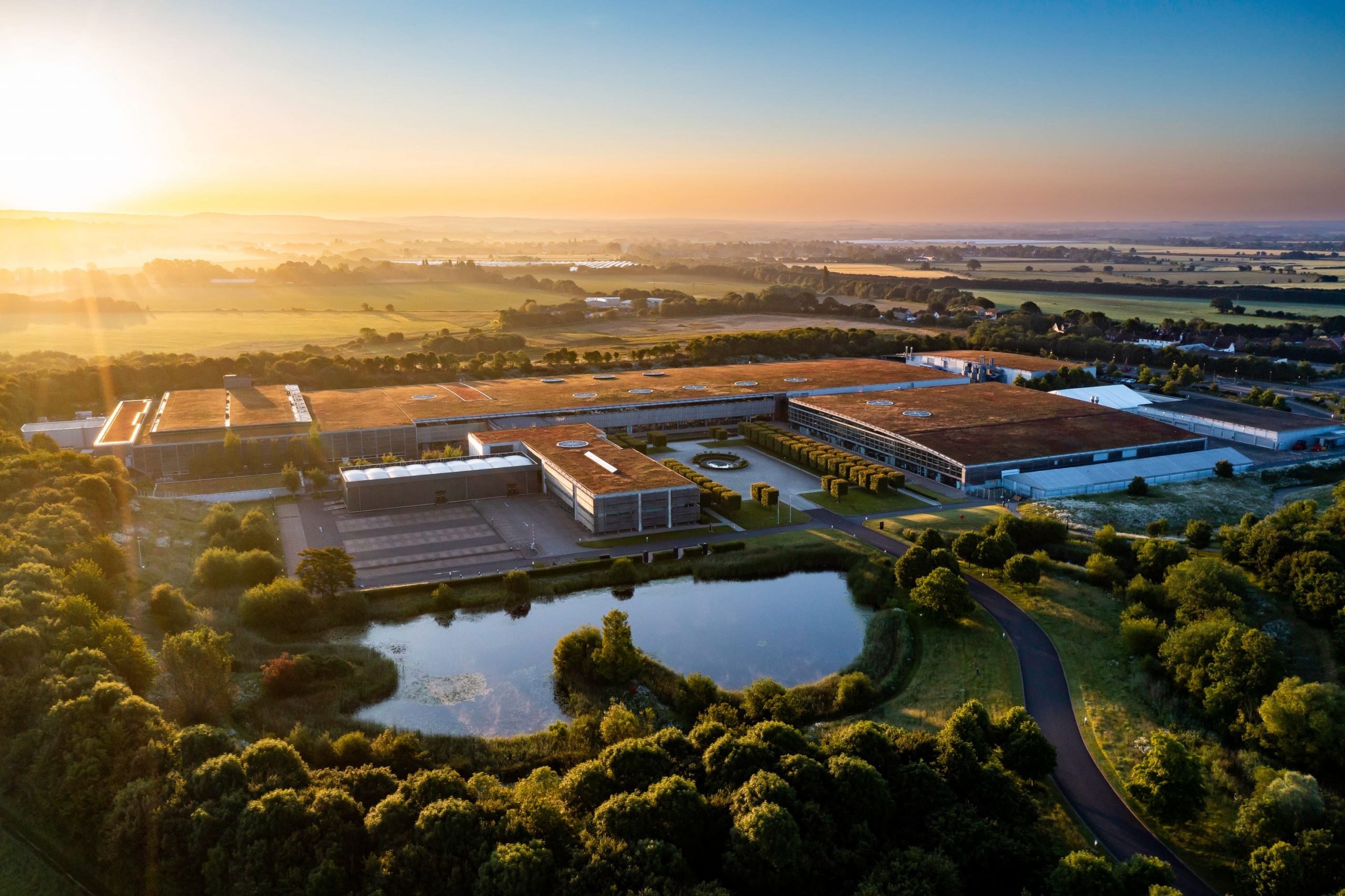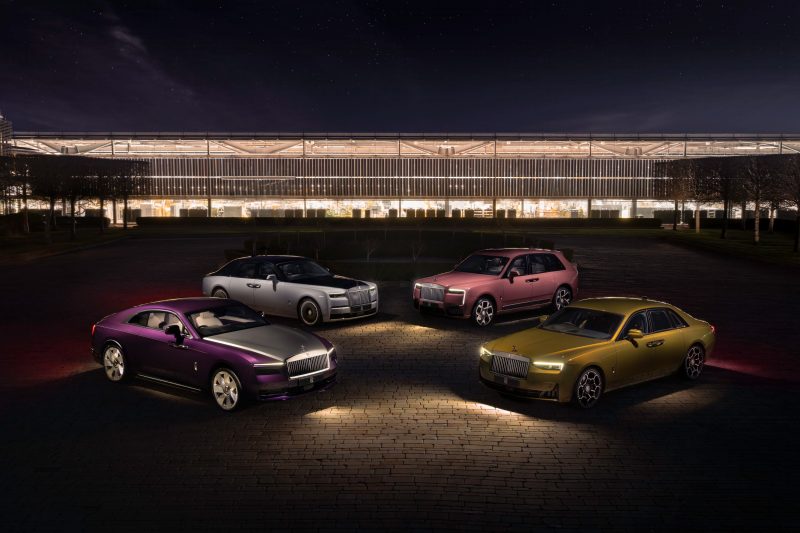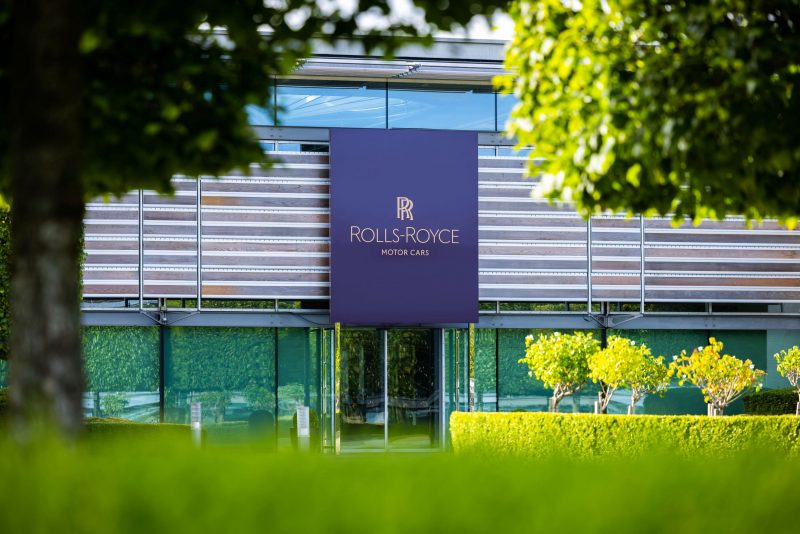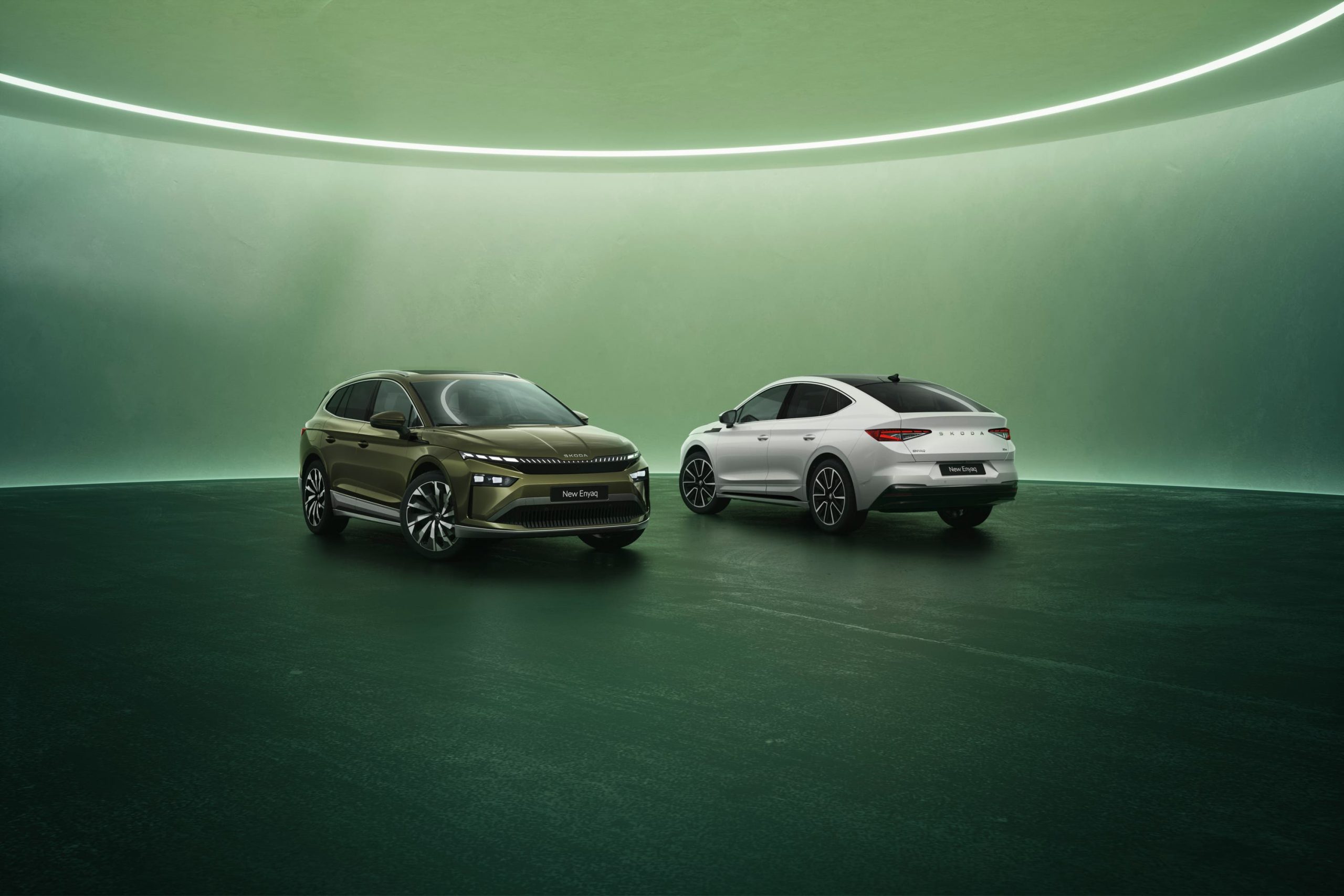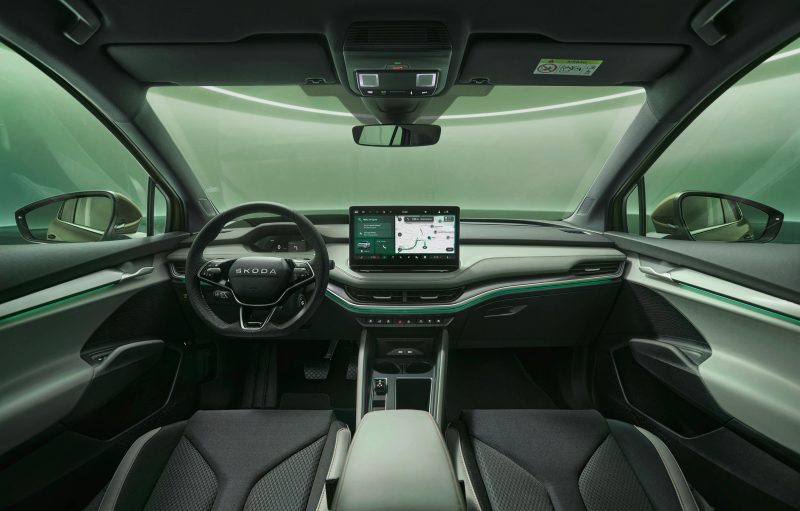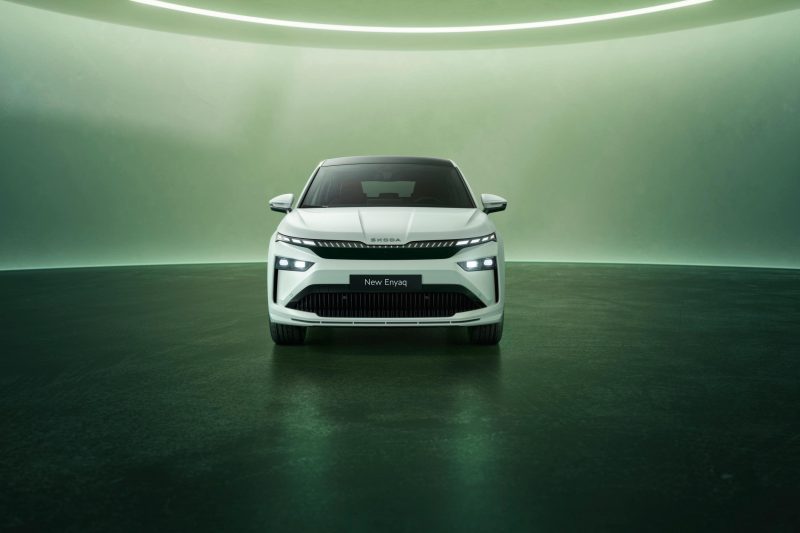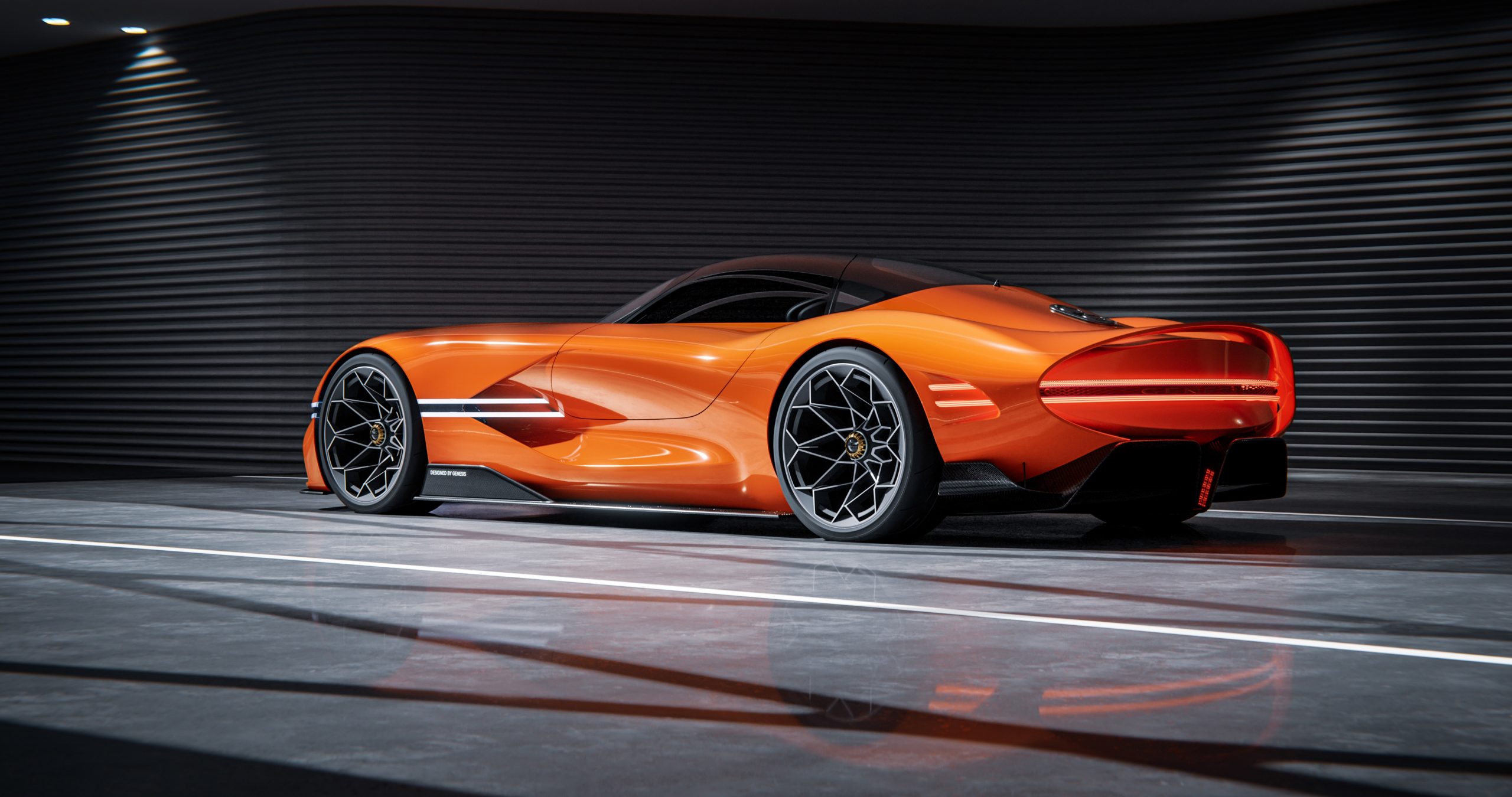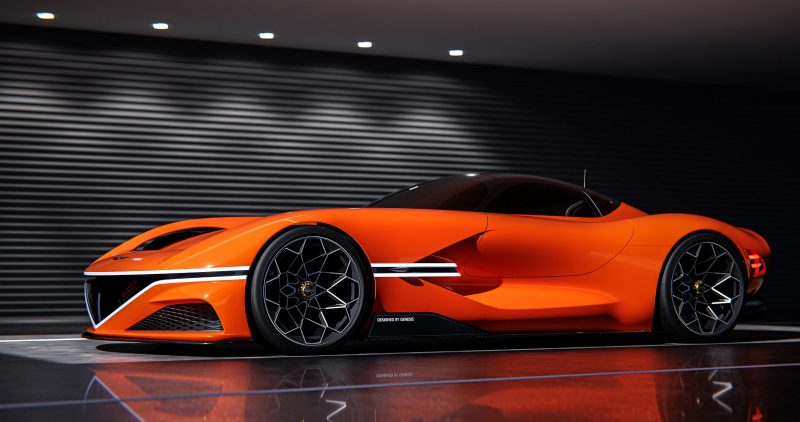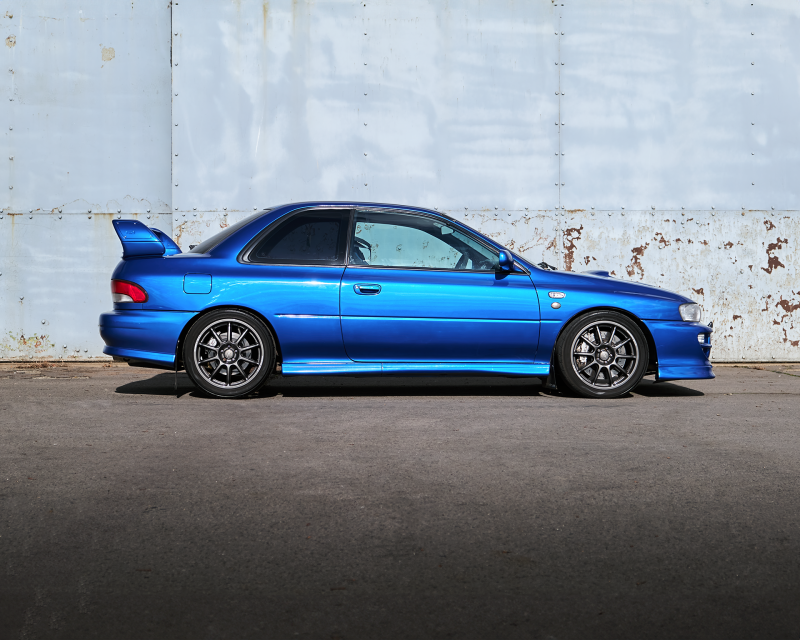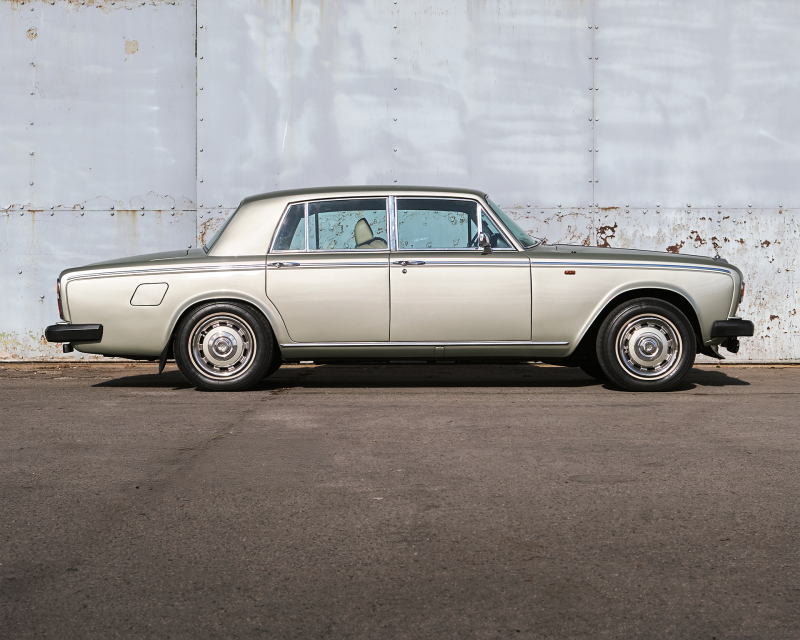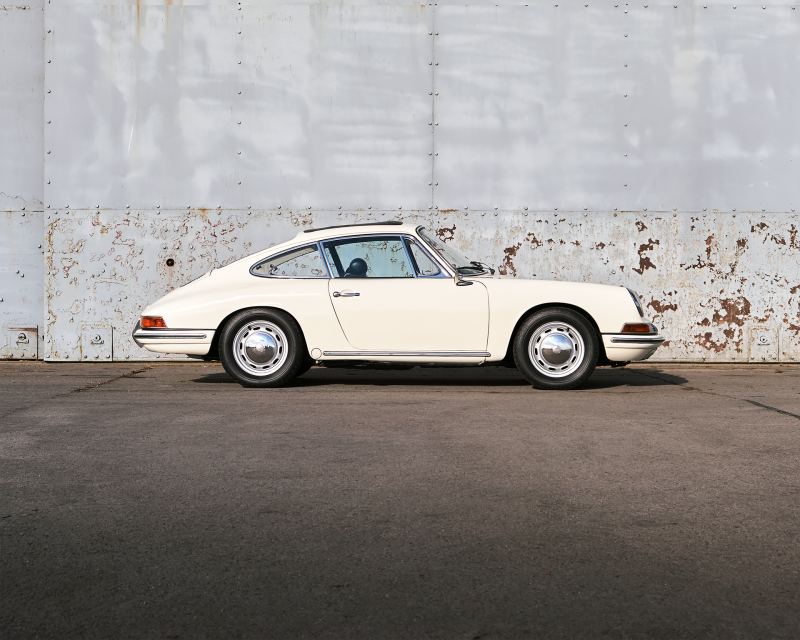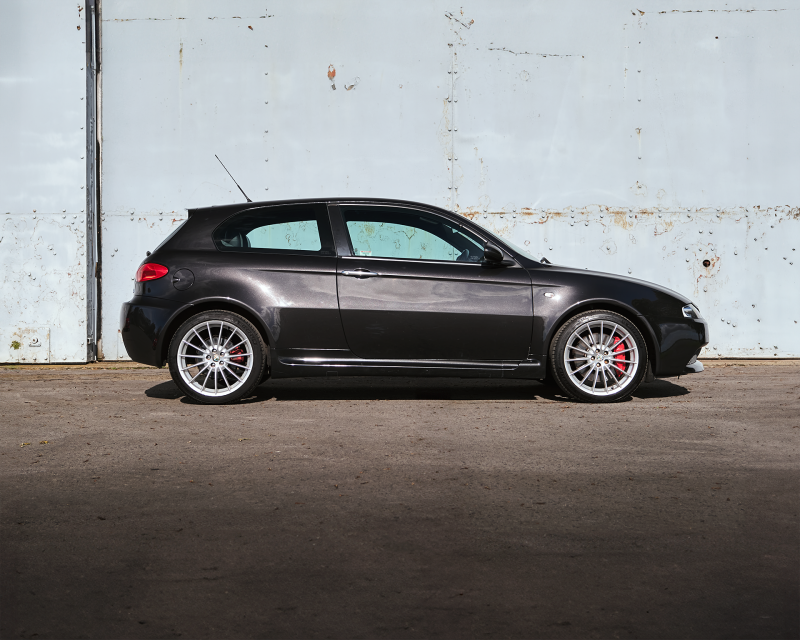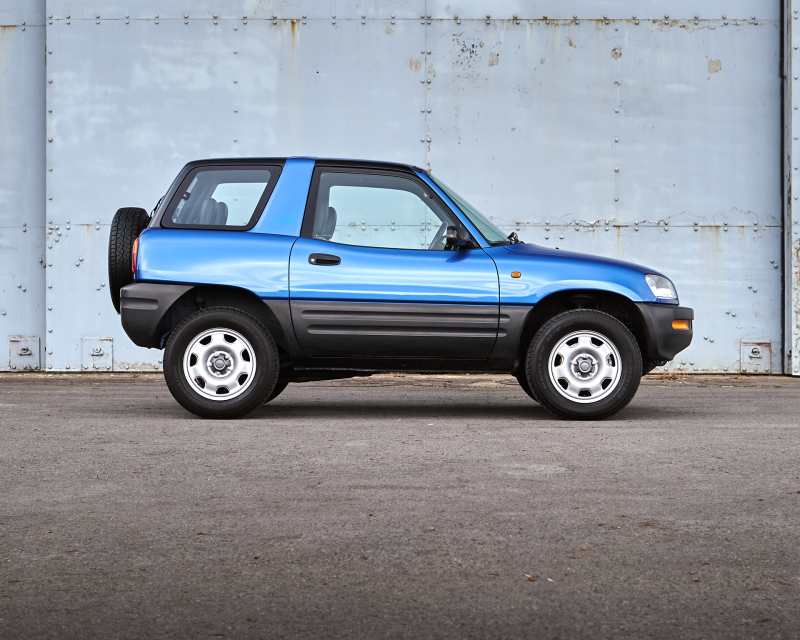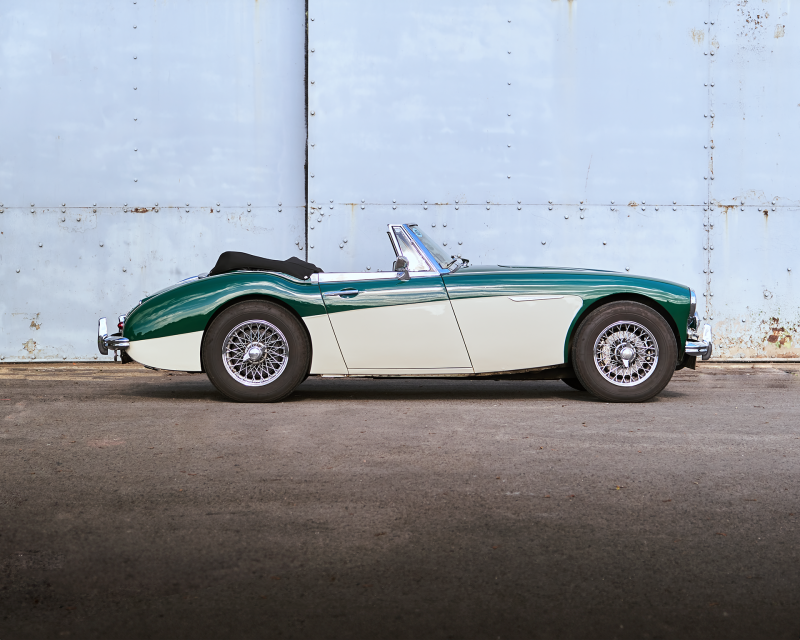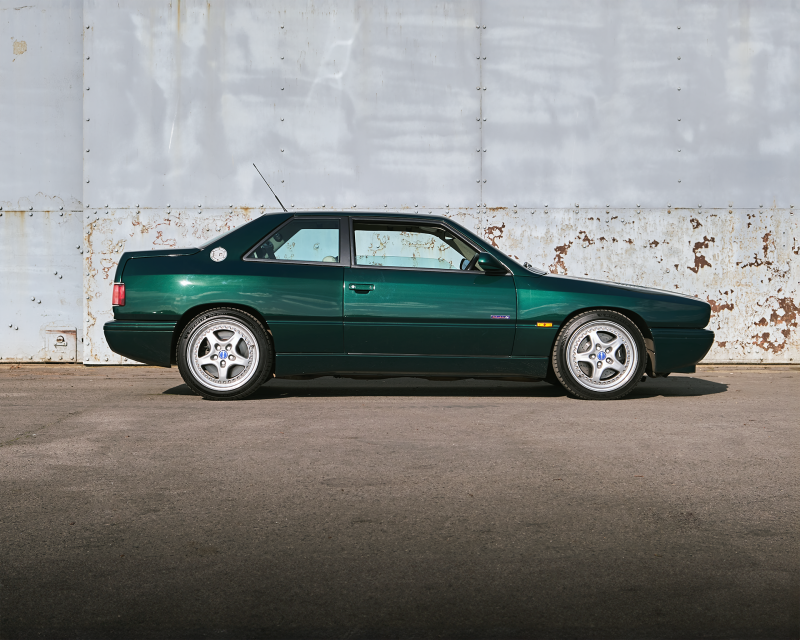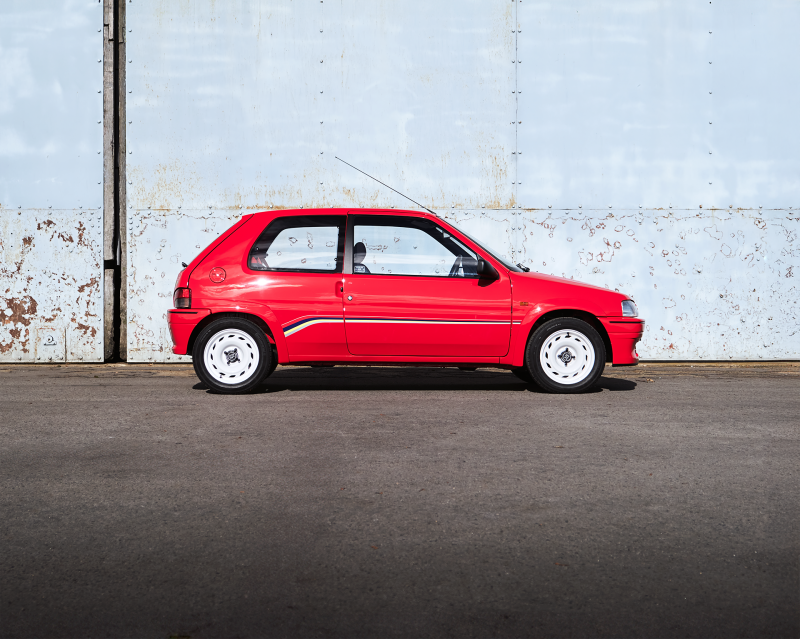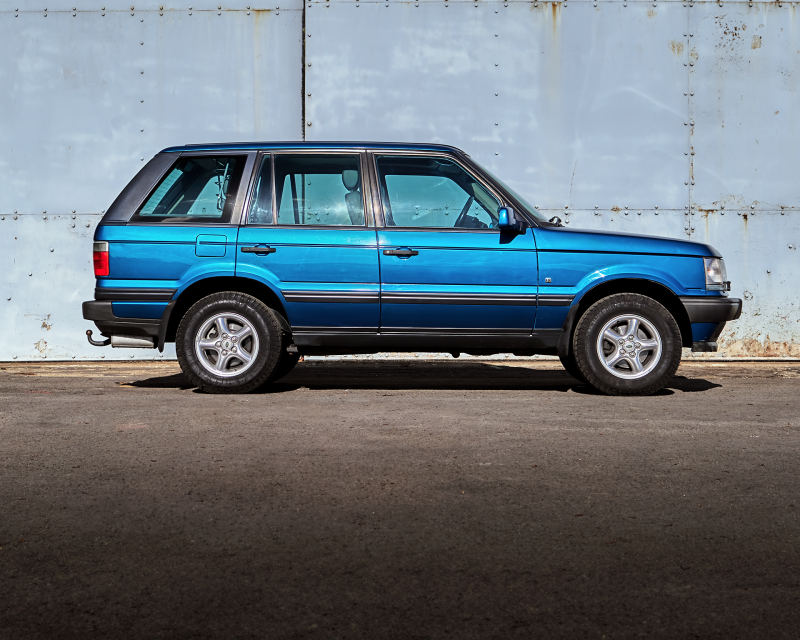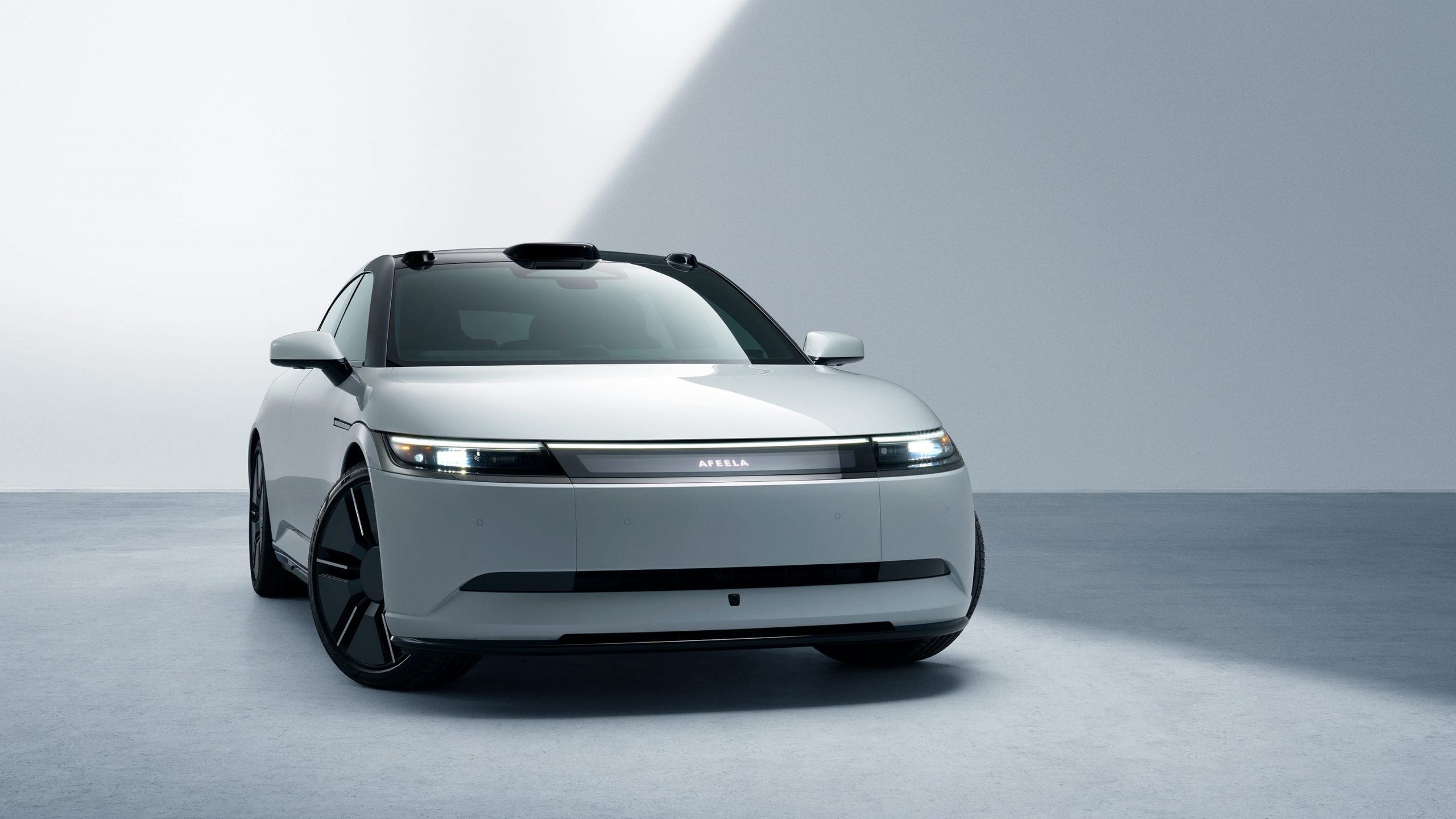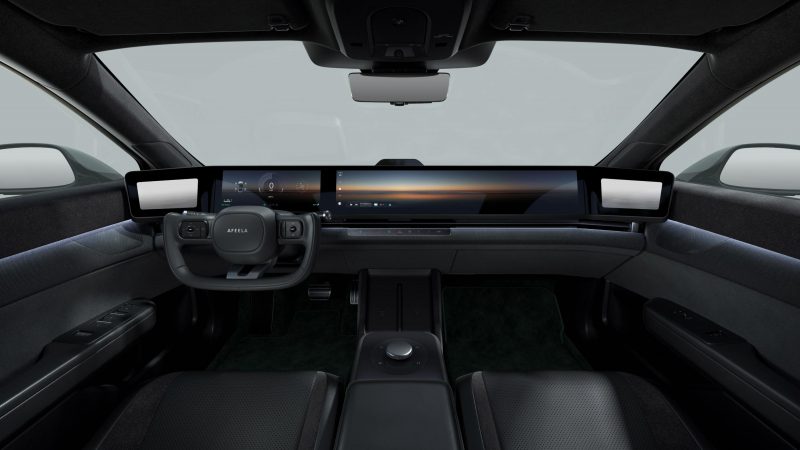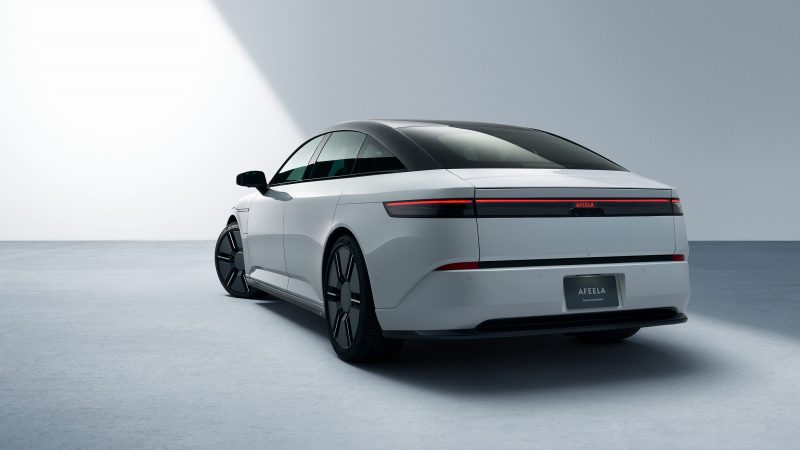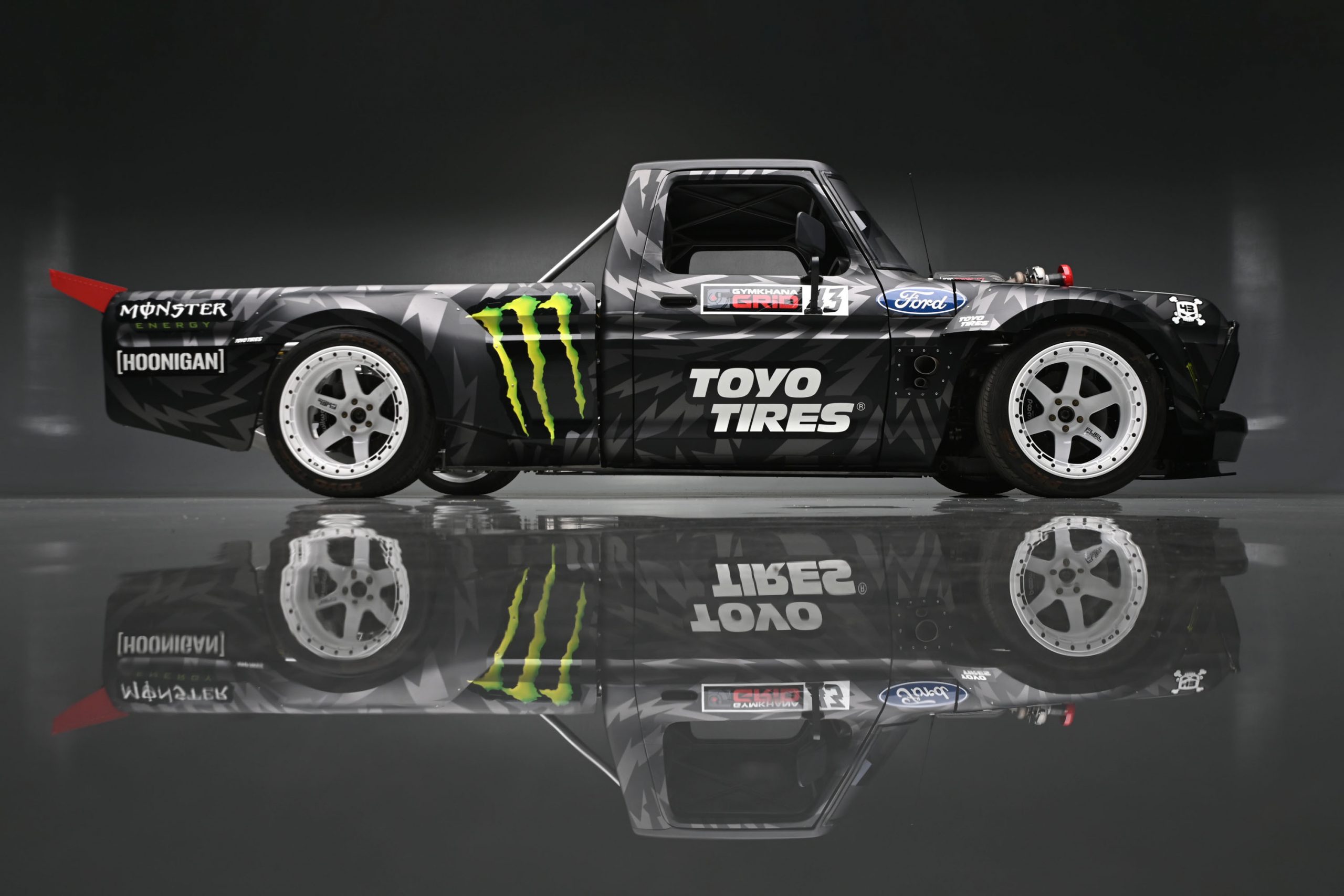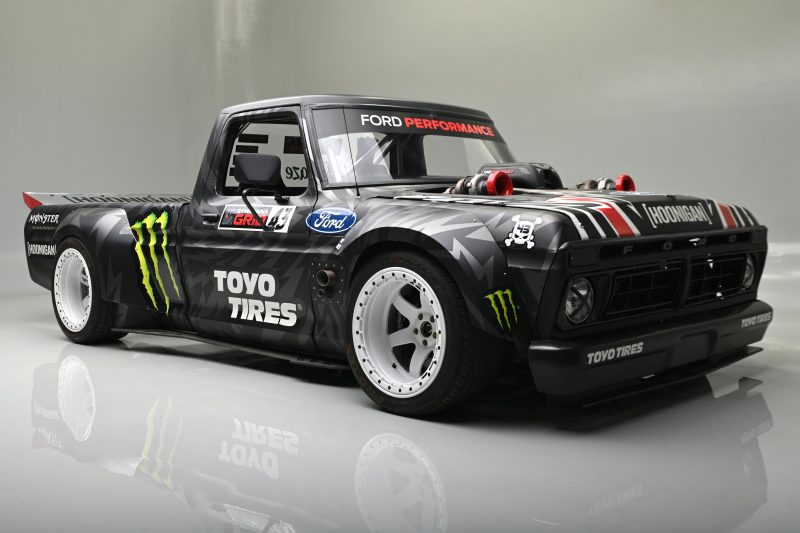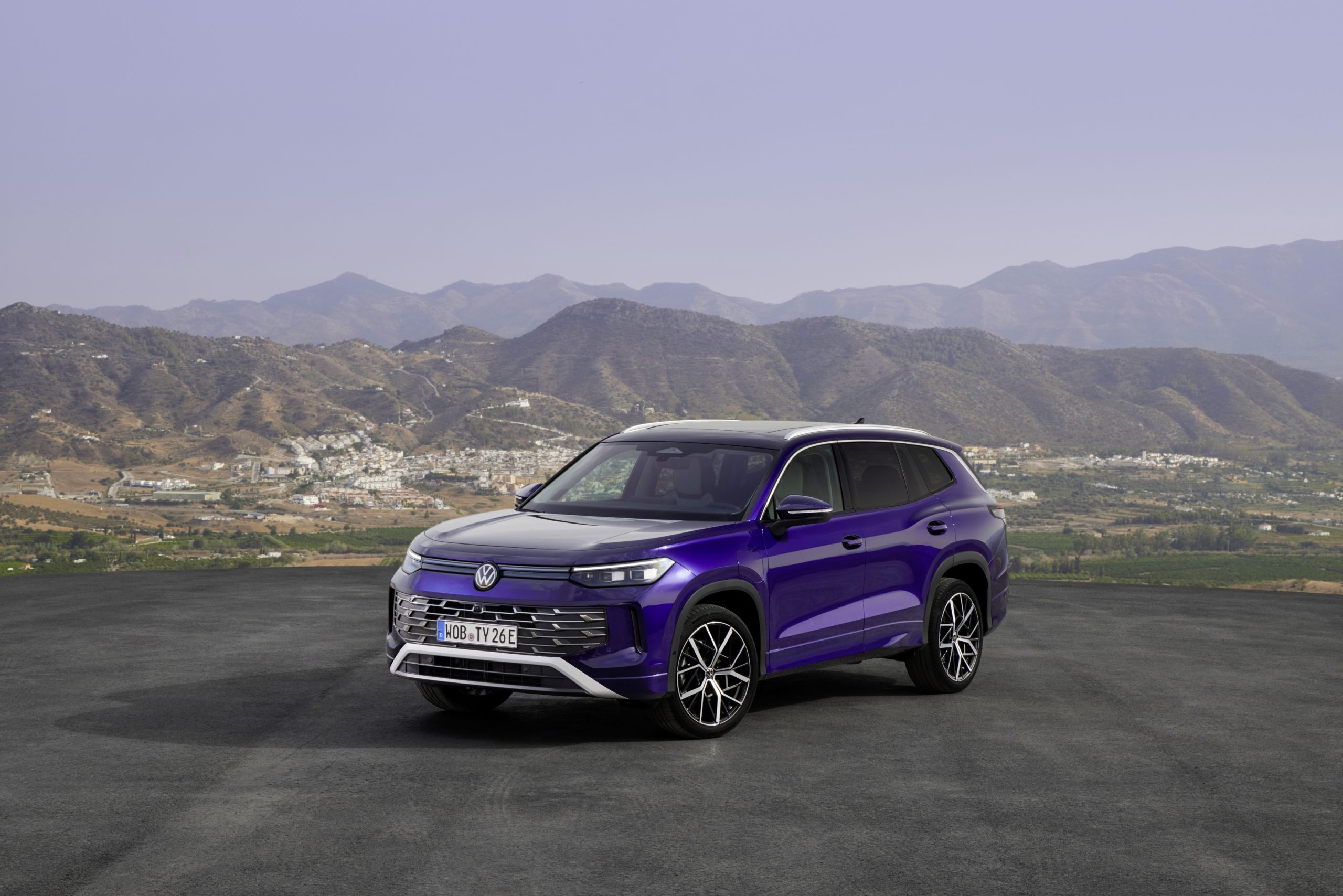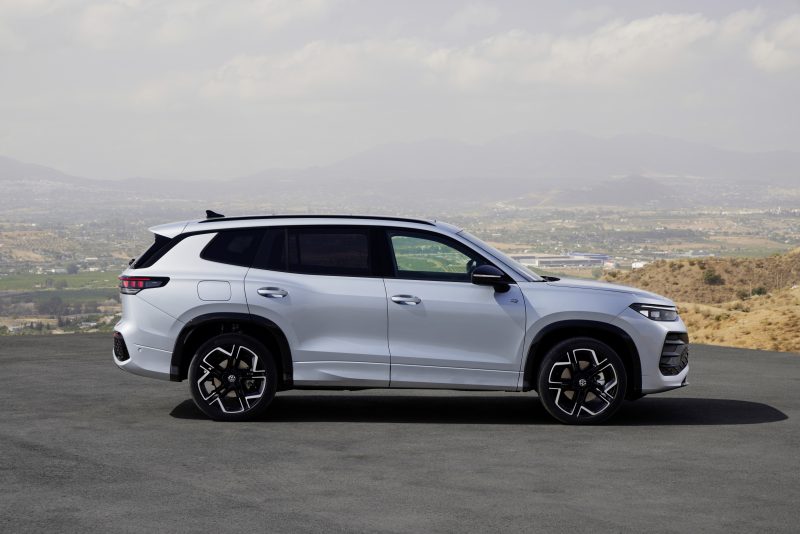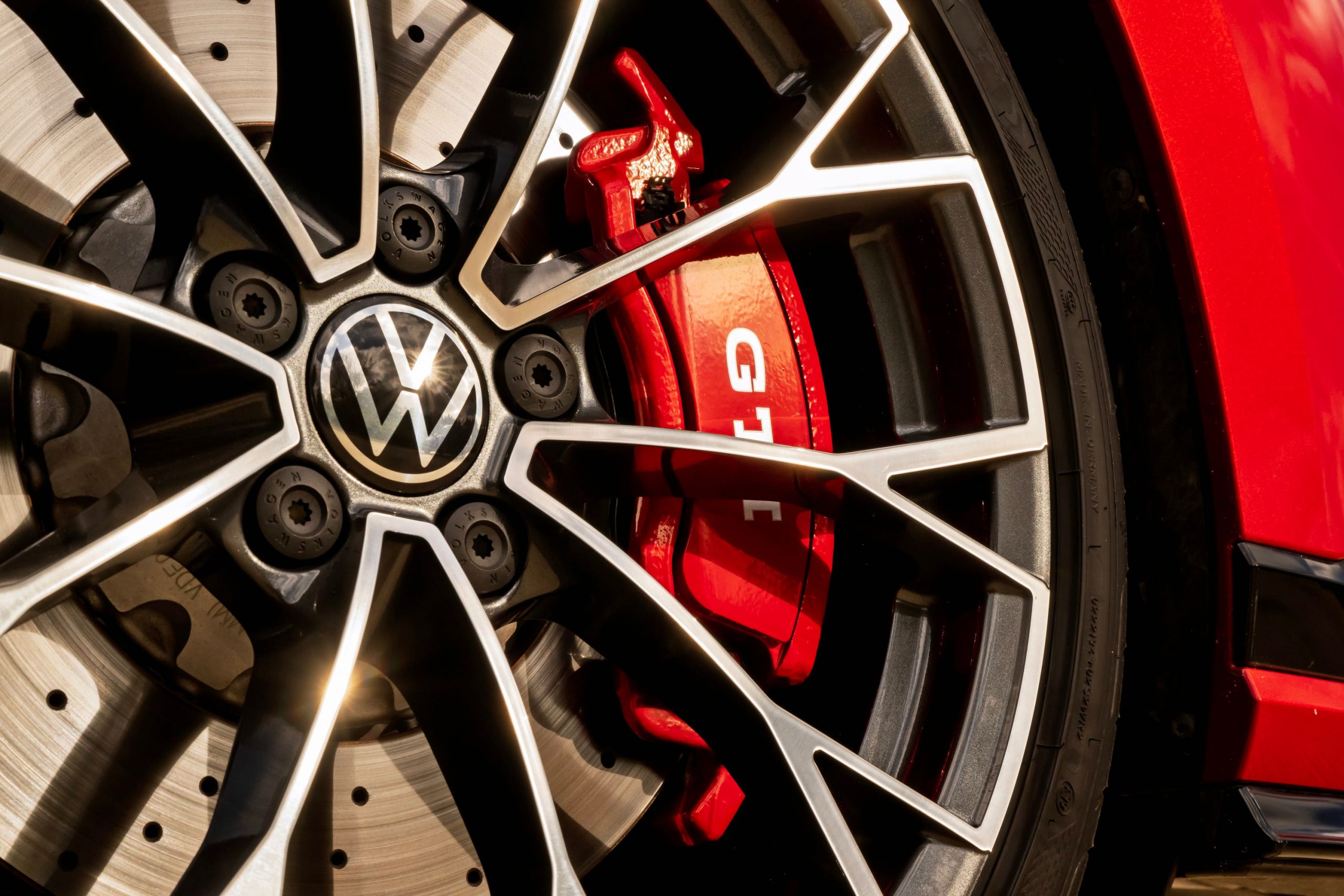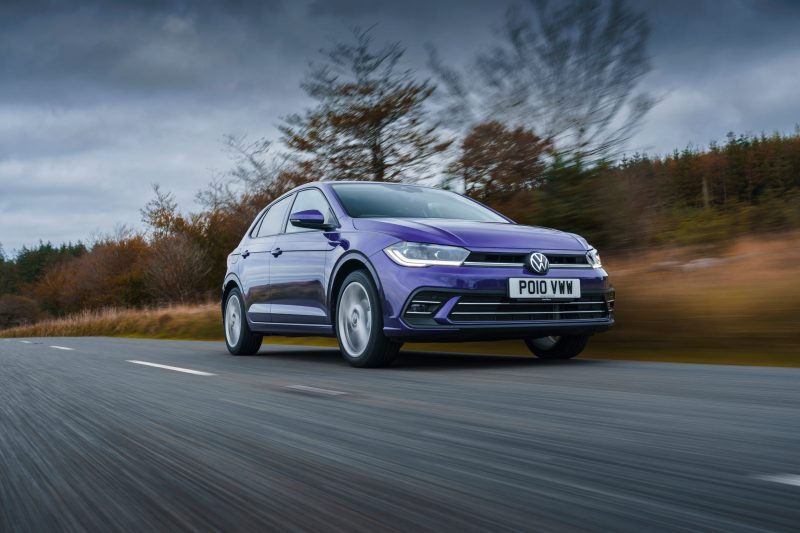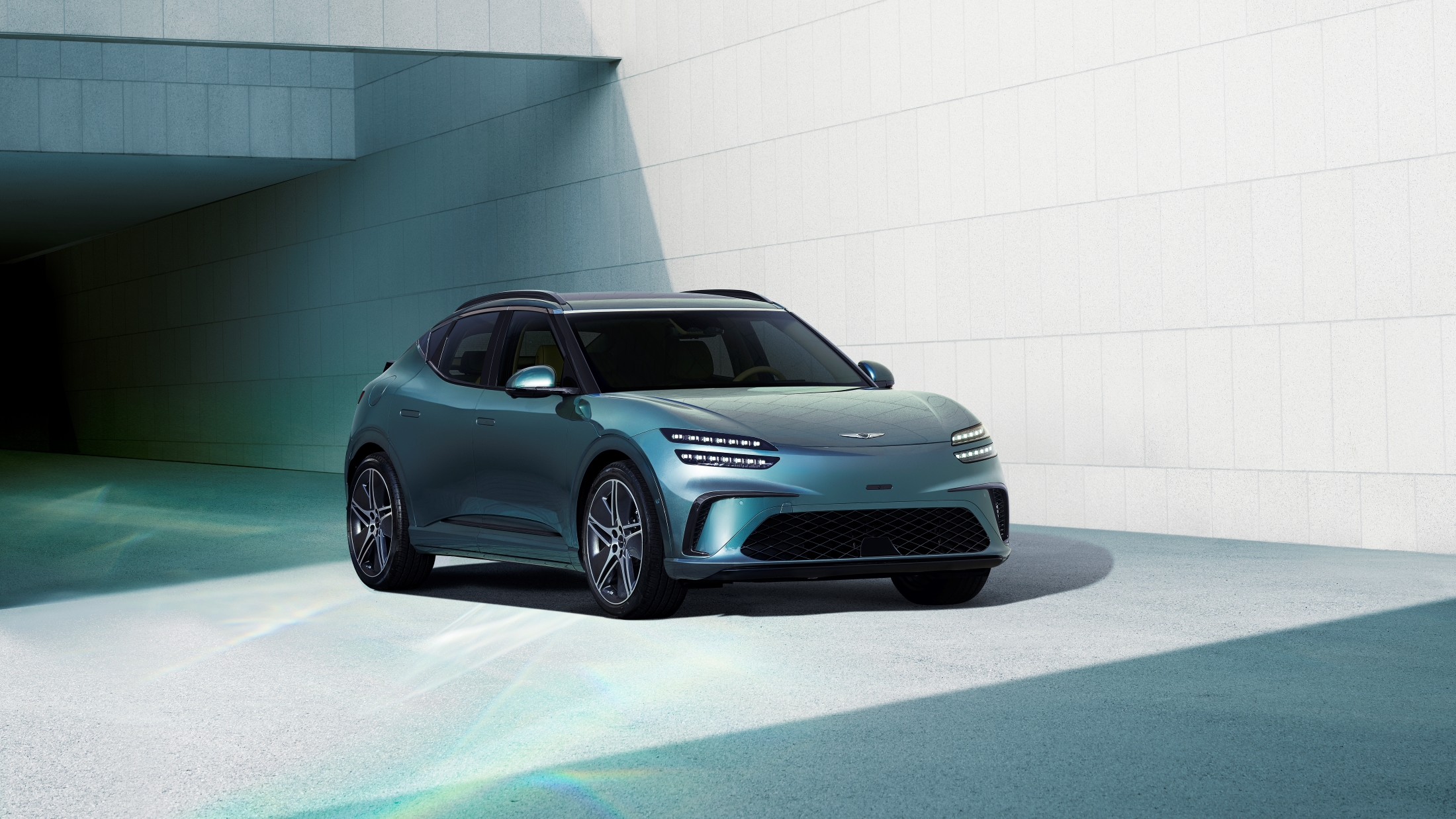It’s that time of year again when Las Vegas holds its annual Consumer Electronics Show (CES), but what cars and technology are being showcased?
Every January, Las Vegas becomes the home of the world’s largest and most important technology event – the Consumer Electronics Show, or CES.
It showcases the world’s most pioneering technology and every year car manufacturers use the event to reveal new models or even new technology for their vehicles.
We’ve compiled a list of the most interesting, important and worthwhile reveals from the world of motoring at this year’s CES 2025.
Honda 0 Saloon

Honda has used this year’s CES event to unveil its ‘0 Series’ of vehicles. The first one to have its covers pulled off is the 0 saloon.
The 0 Saloon will be the flagship model in this series of Honda vehicles, sitting on a new EV architecture that introduces new technologies when the car goes on sale in 2026. It will feature level 3 autonomous driving and even what Honda calls its ‘ultra-personal optimisation’ that will offer a mobility experience for each user of the vehicle. The 0 Saloon will first enter the North American market before it makes its way to Japan and Europe.
Honda 0 SUV

The other Honda to be revealed is the 0 SUV which is based on the Space-Hub concept – which was revealed at CES 2024. This new SUV will be the first model to roll out under the ‘0 Series’ and will use Honda’s application of ‘thin, light and wise’ strategy which allows for greater interior space. Plus, the car will utilise what Honda calls ‘3D gyro sensors’, which the firm developed through its robotics technology to offer different driving dynamics over various road surfaces.
Just like the aforementioned model, the 0 SUV will first go on sale in North America in 2026, followed by the Japanese and European markets later on.
Afeela 1
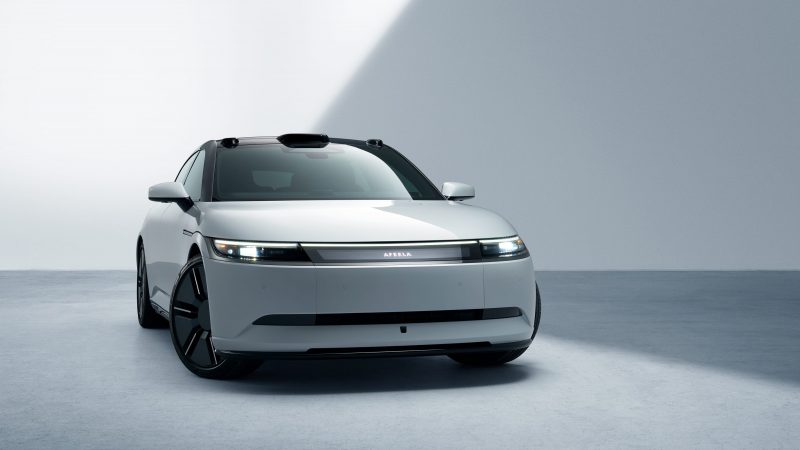
The Afeela 1 is the first production car that will be built under the joint venture company, Sony Honda Mobility. The car itself is a four-door saloon that is battery-powered and will offer a claimed electric range of up to 300 miles.
A total of 40 sensors are located around the vehicle including radars, lidars and ultrasonic sensors. It also gets a futuristic ‘half yoke’ steering wheel, hidden door handles and even a full-width screen that dominates the dashboard.
The Afeela 1 will not be coming to the UK at this stage with the car destined for the North American and Japanese market only.
BMW Panoramic vision

BMW’s famous iDrive system was one of the first electronic in-car entertainment systems when it was first launched in the early 00s.
However, at this year’s CES, the German brand has showcased its next generation of the system – which will feature in future models. BMW calls it its ‘Panoramic Vision’ and it will be available in all new BMW models by the end of 2025. When the firm revealed the Neue Klasse X concept last year, it used a digital display at the bottom of the windscreen and at the top of the dashboard. The ‘Panoramic Vision’ is just that, with the driver being able to personalise the content in the central and right-hand areas of the screen via the central display.
BMW and Amazon personal assistant with Alexa
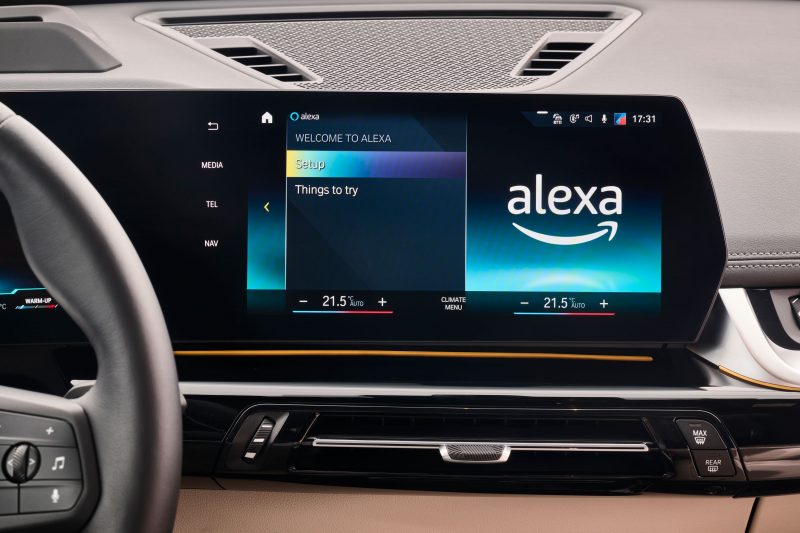
Another announcement from BMW comes from its collaboration with Amazon and the inclusion of its Alexa personal assistant in the German brand’s vehicles.
Revealed back in July 2024 on the new X3 SUV, this year the two firms will start to roll out the technology. It will be available in select models and countries and will allow the driver to plan and navigate routes to the car with a more conversational tone.
Hyundai Mobis holographic windscreen
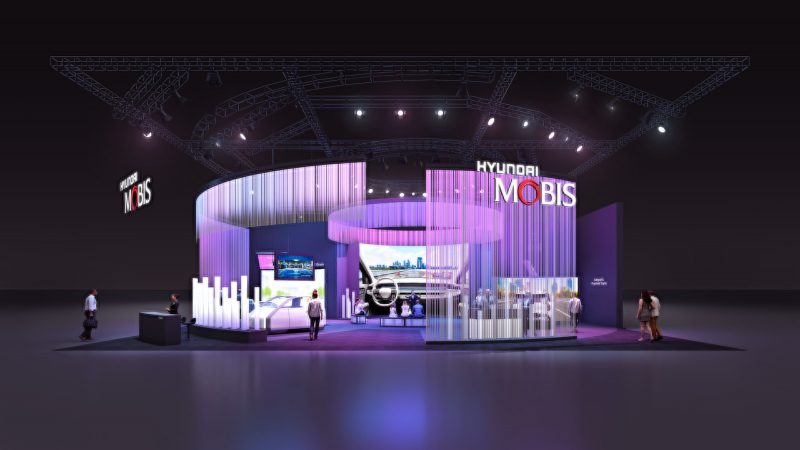
Hyundai has introduced its holographic windscreen which has been co-developed with the global optics company, Zeiss.
The holographic windscreen features a panoramic projection of various driving information, navigation and infotainment data across the vehicle’s windscreen. It will also extend across from the driver’s view to the passenger seat.
An optical film is installed onto the glass and this allows the driver to access different information while ensuring a safer and more comfortable driving experience. Hyundai Mobis are in talks about putting this technology into mass production from early 2027.
By Cameron Richards

